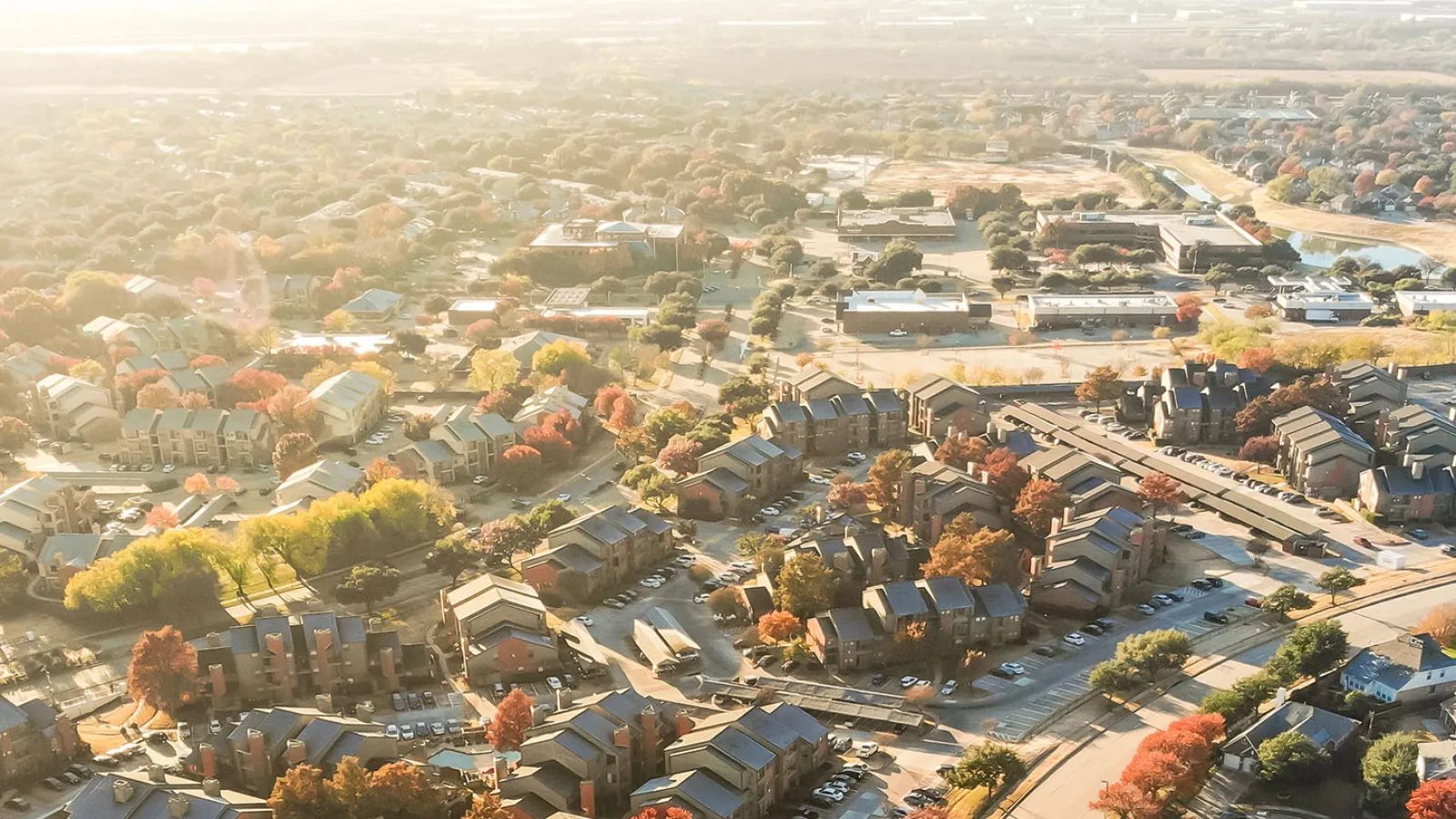If you’ve got sewer backup issues, you’re probably wondering who is responsible for sewer line repair.
The good news is that your city or local municipality is likely responsible for all issues relating to the public main sewer line. If the problem is there, it’s probably not your responsibility.
But if the problem is anywhere before the main sewer line, you’re almost definitely on the hook for it. Unfortunate, but unavoidable.
Upper laterals, lower laterals, and sewer main
To understand which parts of the sewer line you’re likely responsible for, it helps to know the different sections of that line that carry wastewater from your home. While every city or municipality has different laws, you’re nearly always responsible for damage to the upper and lower laterals.
The upper laterals carry sewage directly from your home.
These are the pipes that connect your home to branches of the main sewer line. When sewage or wastewater leaves your home, it travels through these pipes first. The upper laterals run beneath your property.
If the problem with your sewer line resides somewhere in the upper laterals, it’s typically the homeowner’s responsibility to address it.
The lower laterals carry wastewater to the sewer main.
After traveling through the upper laterals, sewage enters the lower laterals. These pipes connect directly to the city sewer main.
Since the lower laterals likely do not reside exclusively beneath your property but run all the way to the main sanitary line, you might think they’re not your responsibility. Unfortunately, you would be mistaken – at least in most cities, most of the time. The lower laterals are almost always the homeowner’s responsibility when something goes wrong.
The sewer main carries wastewater to a public treatment facility.
This part is the city’s responsibility. The public main sewer line is the big pipe where everybody’s sewage ultimately ends up. It sends all of the sewage to a wastewater treatment facility.
If you’ve got sewer backup issues that can be traced to a problem with the sewer main, that’s not your responsibility. Your city has to maintain that infrastructure so that it can reliably serve the public. Any time something goes wrong with a sewer main, the city has to deal with it – not you.
Signs you’ve got sewer backup issues
So, do you actually have a sewer backup problem? And will you have to pay for it? Let’s take a look at some signs you may have a sewer pipe leak.
1. Standing wastewater in your yard
If you see this (actually, you might smell it first), there’s no way you don’t have a sewer pipe leak. Standing sewage in your yard is a “hair on fire” sewer emergency that you shouldn’t neglect.
Since it’s in your own yard, there’s a good chance the leak or cracked pipe is in the upper or lower laterals. In other words, it would be your responsibility.
2. Patches of lush, super green grass
Maybe you don’t smell or see sewage in your yard (yet), but you do see patches of really lush grass that stand apart from the rest of your yard. This is also a sign there’s a sewer leak in your upper or lower laterals.
3. Foul smells from drains
To be sure, there are lots of reasons you could have a foul smell coming from a drain. Maybe you have a clog somewhere near the drain, or maybe you’ve got a leaking or dry P-trap. Just because you smell something terrible from a drain doesn’t mean you have a sewer leak.
But if you’ve done all you can to address the terrible odors and the sewage smell won’t go away, then yes. There’s a good chance you’ve got a sewer line leak.
4. Cracks in your foundation
Some cracking in the foundation is normal in older homes. But if you notice new cracks combined with any of the signs listed above, there’s a good chance you have damage to your sewer line.
As homes settle into the ground over time, the infrastructure settles as well. This can include plumbing components, such as sewer lines, that can warp, crack, or leak as the structure moves.
What to do if you’re responsible for sewer line repair
If you think you probably have a sewer line leak, the first thing to do is call a plumbing company that specializes in sewer repair and sewer line replacement.
At PV, we’ll inspect the property and the sewer line for leaks. We also have specialized equipment, including inspection cameras, that we can place into the sewer line to locate a crack or leak in the sewer pipe. In many cases, the best way to find a leak (and know exactly where it is) is to perform a smoke test on the pipe. When we see where the smoke is coming out, we can confirm that there’s a leak.
In many cases, a section of the upper or lower laterals will need to be replaced. Unfortunately, that type of repair will be the responsibility of the homeowner – not the city.
Sometimes, sewer backups do not mean that there is damage to the line. They just mean you have a blockage that needs to be broken up or cleaned out. If that’s the case, we can clear out the clog for you and eliminate the issue.
How to prevent damage to sewer lines going forward
Nobody wants to deal with a cracked or leaking sewer line! It’s annoying, expensive, smelly, and unsanitary. With that in mind, here’s how to prevent damage to your sewer line in the first place. Or, if yours is being replaced due to damage, here’s how to minimize the risk of it being damaged again:
1. Be mindful of tree roots.
Trees need water, and nature designed their roots to hunt for it. Big tree roots will literally break sewer pipes in their quest for moisture. And if you’ve got older pipes made from clay materials, those are the easiest for tree roots to bust through.
If you’ve already got a damaged sewer line, replacing it with PVC pipe will stop roots from breaking it again. PVC is much too strong for tree roots to penetrate.
Going forward, you might want to remove trees with roots that might reach your sewer line and cause damage. Trees are nice to have, but it might be worth removing a few to save yourself the headache of sewer line damage.
2. Don’t flush anything besides toilet paper.
Not even the supposedly flushable wet wipes. You can’t flush ‘em without risking damage or, at the very least, a blockage. This is true regardless of what the manufacturer tells you! Ditto for feminine hygiene products.
This stuff will back up in your sewer line, cause clogs, and create stress on the system over time.
3. Pour or scrape cooking oils into the trash.
Pouring oil down your sink is a good way to back up your sewer line. Over time, it will coat the inside of the pipe and prevent wastewater from flowing properly. You’ll end up with a blockage, which stresses the system and causes leaks or cracks.
4. Install a sewer backflow valve.
This won’t technically prevent sewer line damage, but it’s a good thing to have in some circumstances. Building codes specify that one of these valves should be installed when the cover of the closest upstream sewer manhole is higher than the lowest plumbing fixture in a structure. If this applies to you, a sewer backflow valve is a good idea.
It’s basically a flap that allows wastewater to flow one way and prevents it from coming back the other way. It won’t prevent a crack or leak in the sewer line, but it can protect your home from the unpleasant effects of a sewage leak.
So, who is responsible for sewer line repair in your situation?
If the problem is in the upper or lower laterals, you’re probably the one who has to pay for the repair. When selecting a plumber to address sewer line repair, it’s important to work with someone who specializes in sewers and drains. At PV, we provide sewer and drain services at homes throughout the Atlanta area – it’s our main area of plumbing expertise!
If you think you may have a sewer backup problem, don’t wait to get help! Call us today at (404) 282-3304 or fill out the form below to schedule an appointment.






